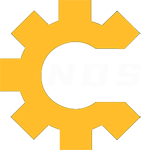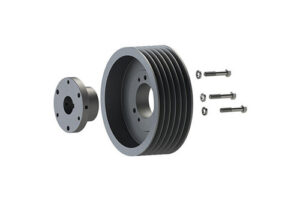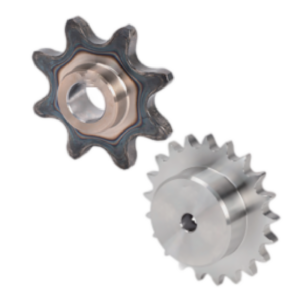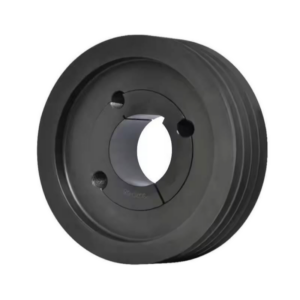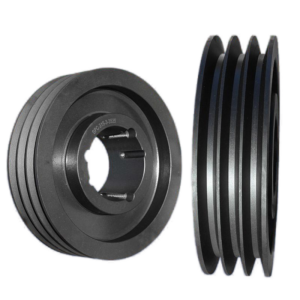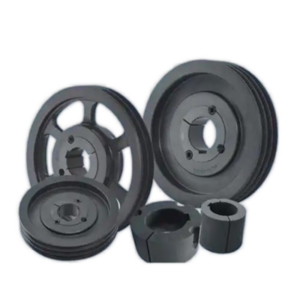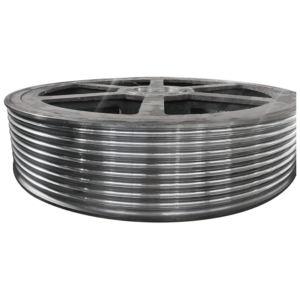Selecting the right belt pulley for your machinery doesn’t need to be overwhelming. Whether you’re upgrading existing equipment or purchasing for the first time, understanding the ins and outs of belt pulleys can make all the difference in performance, efficiency, and longevity. This step-by-step guide will help you choose the perfect belt pulley by covering everything from sizing to maintenance.
Let’s get started.
Understanding the Basics: What is a Belt Pulley?
Before diving into selection criteria, let’s quickly define what a belt pulley is. A belt pulley is a circular mechanical component that transmits rotational motion between shafts through a belt. It plays a critical role in various applications, from conveyors to engines, and its proper selection is essential to ensure smooth, efficient operation.
How to Determine the Correct Size for Your Belt Pulley
One of the first steps in choosing the right belt pulley is determining its size. The pulley’s diameter must align with the specifications of your system, including the shaft and belt sizes. If the pulley is too large or small, it can lead to inefficient power transmission, increased wear, and possible system failure.
To measure correctly, you’ll need to:
• Check the belt’s dimensions: The belt’s width and thickness will help determine the pulley’s groove size.
• Consider the pulley’s diameter: Larger diameters are suitable for low-speed, high-torque applications, while smaller diameters work well for higher-speed applications.
Tip: Always ensure your pulley matches the belt and shaft specifications in terms of both size and shape.
The Different Types of Belt Pulleys and Their Applications
Belt pulleys come in various types, each suited for specific applications. The most common are:
• V-Belt Pulleys: These are used in systems that require a high amount of power transmission. Their V-shaped grooves allow the belt to sit securely, reducing slipping.
• Flat Belt Pulleys: Ideal for high-speed, low-power applications, flat belt pulleys provide smooth operation and are commonly used in lighter machinery.
• Timing Pulleys: These pulleys are designed for precise synchronization between two rotating shafts, typically found in systems like conveyor belts.
Choosing the right type depends on your specific machinery needs, power requirements, and speed considerations.
Material Matters: Choosing the Right Belt Pulley for Durability
When selecting a belt pulley, material choice is paramount. The material determines the pulley’s ability to withstand wear, heat, and load. Common materials include:
• Steel: Known for its strength and durability, steel is ideal for heavy-duty applications.
• Aluminum: Lightweight and corrosion-resistant, aluminum is perfect for low-load, high-speed applications.
• Plastic: Typically used in lighter machinery, plastic pulleys are cost-effective but may not hold up in high-stress environments.
Consider the environmental factors, load, and operational temperature when selecting the material for your pulley.
How Belt Pulley Design Affects Performance and Efficiency
The design of the belt pulley can have a significant impact on overall system performance. Key design elements include:
• Groove Shape and Angle: The shape of the groove ensures that the belt fits snugly, minimizing slippage and power loss.
• Weight Distribution: An evenly distributed weight ensures smooth rotation and reduces strain on the motor.
• Pulley Type: As mentioned, choosing between V-belt and flat-belt designs can influence both power transmission and efficiency.
Ensure the design you choose matches the type of work your machinery performs to avoid unnecessary wear and tear.
How to Match Your Belt Pulley with the Right Belt for Optimal Performance
Selecting the correct pulley is only half the equation. You must also match it with the appropriate belt. The key to efficiency and longevity lies in compatibility. Here are a few things to consider:
• Width and thickness: Ensure that the belt fits snugly in the pulley groove without being too tight or too loose.
• Belt material: The material of the belt (rubber, steel, or synthetic) should align with the pulley material to prevent early degradation.
• Tensioning: Proper tension is essential for both the pulley and belt. Too much tension can lead to premature wear, while too little tension can result in slippage.
Always ensure the belt and pulley work harmoniously to avoid disruptions in performance.
The Importance of Correct Tensioning in Belt Pulley Systems
Tensioning plays a vital role in ensuring the pulley system works efficiently. Too much tension can cause the belt to wear out prematurely, while too little tension can lead to slippage and inefficiency.
You can maintain optimal tension by:
• Regularly checking the belt for signs of wear.
• Using tensioning tools to adjust the pulley and belt when necessary.
• Ensuring proper alignment of the pulley and belt to reduce strain.
Troubleshooting Common Belt Pulley Issues and How to Fix Them
Even with proper selection and maintenance, belt pulley systems may experience issues over time. Common problems include:
• Slipping Belts: This can be caused by insufficient tension, improper alignment, or worn-out pulleys. Check and adjust tension as needed.
• Excessive Wear: Over time, pulleys and belts may wear down. If the pulley is made from the wrong material or isn’t suited for the load, it may degrade prematurely. Replacing worn-out components is essential.
• Noise: A noisy pulley system often indicates poor alignment or insufficient lubrication. Inspect the system regularly to ensure smooth operation.
By addressing these issues early, you can extend the lifespan of your pulleys and belts.
Choosing Between V-Belt and Flat Belt Pulleys: A Customer’s Guide
When it comes to choosing between V-belt and flat belt pulleys, there are a few key considerations. V-belt pulleys are ideal for applications requiring higher torque and power transmission, while flat belt pulleys are better suited for high-speed, low-torque applications.
Here’s a quick comparison:
• V-Belt Pulleys: Best for industrial machines, conveyors, and other high-torque applications.
• Flat Belt Pulleys: Ideal for light machinery, high-speed applications, and smaller systems.
Consider your machinery’s load and speed requirements when making this decision.
Why Regular Maintenance of Belt Pulleys is Crucial for Longevity
Regular maintenance is essential for ensuring your belt pulleys perform at their best. Simple tasks like cleaning, lubrication, and realignment can significantly extend the lifespan of your system.
Remember to:
• Check for any signs of wear or damage.
• Keep the pulleys and belts clean to avoid debris buildup.
• Lubricate moving parts to reduce friction and wear.
By staying proactive with maintenance, you can avoid costly repairs and downtime.
Conclusion
Selecting the right belt pulley is a critical decision that directly impacts the efficiency, performance, and longevity of your machinery. By considering factors such as size, material, design, and tensioning, you can make an informed choice that will optimize your system. With proper maintenance and care, your belt pulley system will continue to perform at its best, ensuring reliable operation for years to come.
If you need further assistance or have questions, feel free to reach out—choosing the right components doesn’t have to be difficult!
